RCD connection diagram in a three-phase network
What is important to know?
Before proceeding with the installation of the device, you must familiarize yourself with the rules color marking wires. In accordance with the requirements of the PUE, the following procedure for marking conductors by color has been adopted:
| Appointment | Colour | Letter designation |
| zero working | blue | N |
| Zero working and protective
(combined) |
Blue, yellow-green stripes at the ends | PEN |
| Zero protective | Yellow green | PE |
| phase | yellow | AND |
| phase | green | AT |
| phase | red | WITH |
Schema Overview
Installation of a four-pole RCD module is based on the same principle as for a two-pole device used in single-phase power networks. The manufacturer attaches a passport to the product, which shows the most common scheme for connecting a residual current device to a three-phase network using neutral. For ease of installation, the connection diagram is shown on the module housing and looks as follows:
The wiring diagram for connecting a four-pole RCD to three phases is simple and accessible to a person who does not have the qualifications of an electrician. Three phases of a supply voltage of 380 volts and a neutral working conductor are connected to the four input terminals of the device.
Conductors coming from the four output terminals are connected to the distribution network of the house, apartment, cottage or garage. Given that 3 phases (A, B, C) supply electricity to devices rated for 380 volts, and each individual phase in combination with the neutral wire N provides power to a group of single-phase consumers of 220 volts. A three-phase 380 volt network can be connected to a pump, compressor, concrete mixer, a lathe or a welding machine. Further connection to one phase is made through circuit breakers.
To protect against leakage currents in a 220 volt network, it is necessary to provide for the connection of single-phase RCDs or differential machines.Typically, these protection devices are installed in places saturated with electrical appliances, as well as in rooms with high moisture content: in the kitchen or workshop, in the bathhouse or bathroom. For the convenience of electrical installation work, repair and maintenance, it is advisable to bring the neutral conductor N to the zero bus located in the switchboard, as shown in the diagram below:
The three-phase RCD module is mounted in the shield of the input device on din rail, as well as automatic machines, is equipped with quick-detachable fasteners. Connection occurs after the counter. One three-phase leakage current protection device can be used to protect three single-phase networks at once.
Before making a connection in the house of a four-pole RCD, it is necessary to take into account grounding system the electricity network through which electricity is supplied to it. Single-phase devices can remain operational when connected to a 220 V power supply, both with grounding and without grounding. The operation of a three-phase leakage protection device is allowed only in networks with the tn-s system, which provides zero working and zero protective conductor.
As a rule, the bulk of the electrical networks of the domestic housing stock operates in the outdated tn-c system, in which there is no PE conductor. Three-phase RCD operation in the tn-c system is strictly prohibited. In this case, the PUE permits the use of three-phase devices, only if provided grounding of the house. In order to install this device and to protect the house wiring from fire that may occur as a result of current leakage, it is necessary to equip the grounding circuit, which will ensure the transition to the tn-c-s system.
Finally, we recommend that you familiarize yourself with the video with another installation diagram of an RCD for 380 V, without a neutral wire:
So we examined the possible schemes for connecting a three-phase RCD to the network. As you can see, you can connect the protective device in various ways, it all depends on the conditions of use.
It will be useful to read:

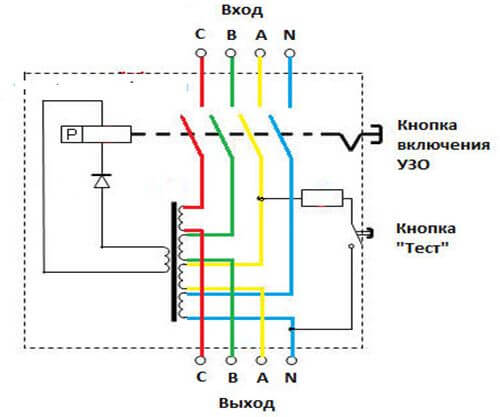
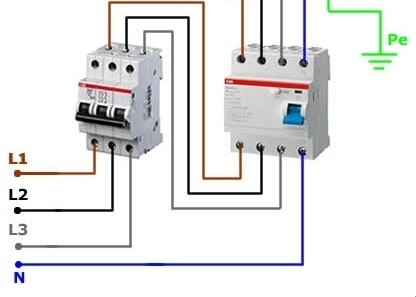
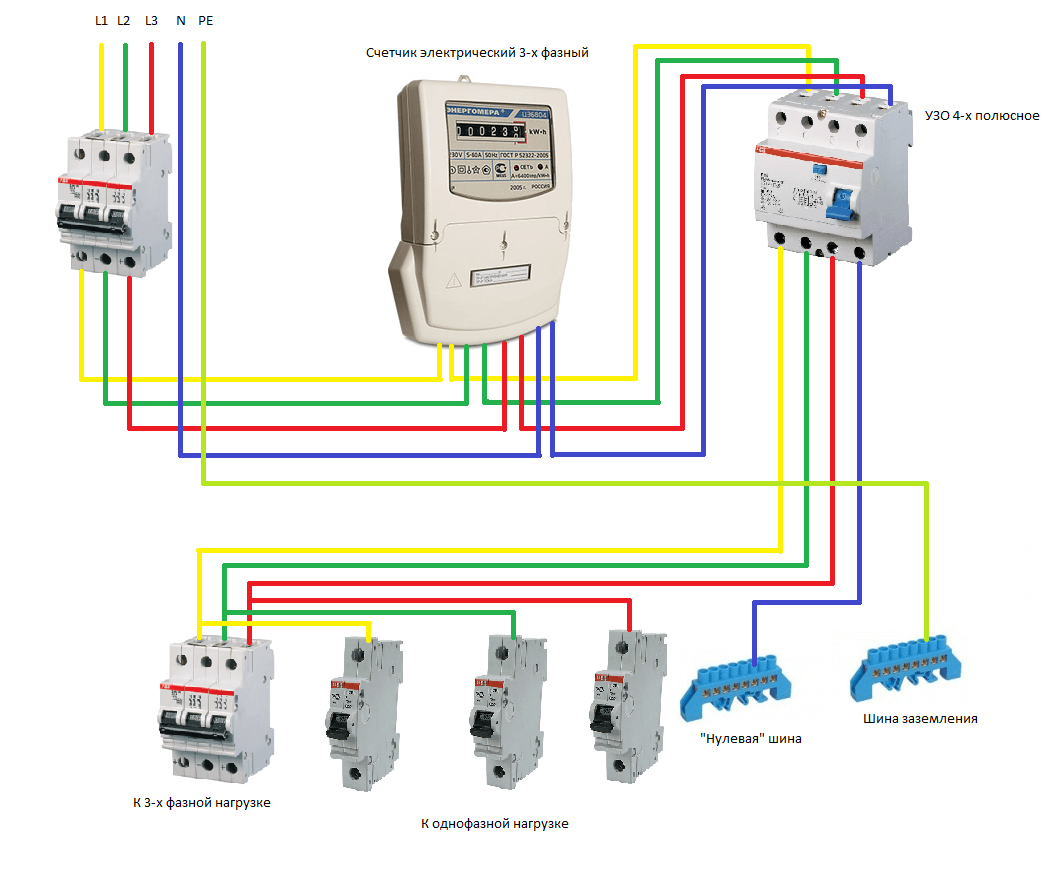



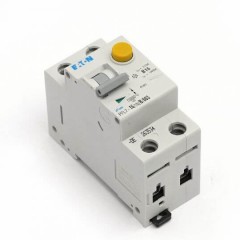

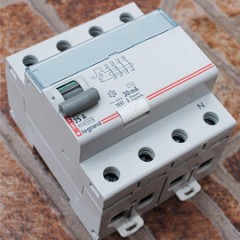

Hello ! Tell me, is it possible to connect this way through HELL 14. whether the electronic difavtomat will also protect. What RCD did you use? Vadim.